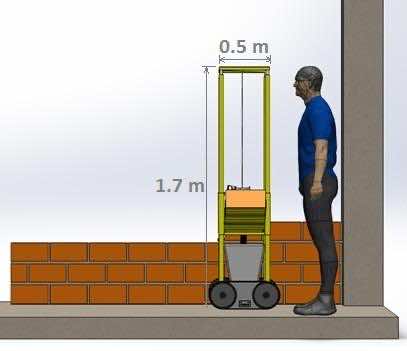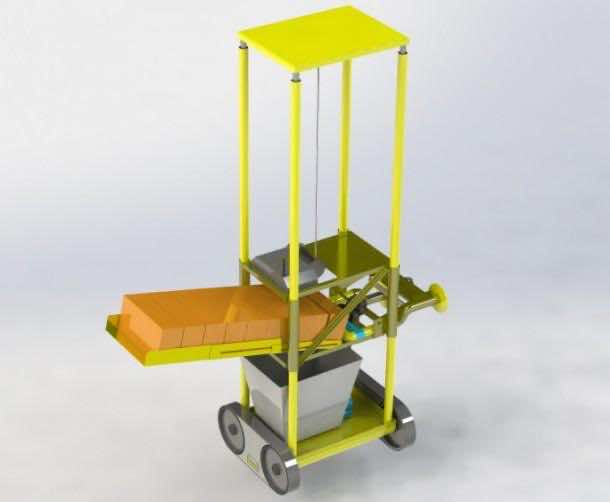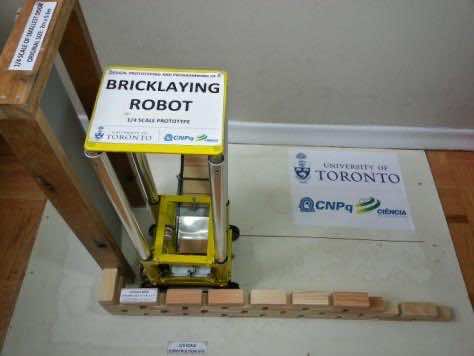Construction business is one business that is never out of business. However, anyone who has a basic know-how of construction knows that most phases of construction are basically the same recursive processes that occur over and over until the construction is complete and therefore the automation of these phases sure makes sense. For instance; take bricklaying as an example. It is merely a recursive procedure that follows itself until the wall is complete. This is where the robot designed by a student at the University of Toronto comes in. The idea is to reduce costs, improve quality and also reduce the need for the skilled labor.
The lack of skilled worker when it comes to bricklaying is something that hinders a lot of industrialized countries and the mason robots can tackle this problem while being faster, more accurate, waste less material and therefore reduce the overall cost of construction by quite a factor. When compared with human workers; human workers can only work for a certain period of time and require breaks and meals, not to mention the pension and insurance. Whereas the robots only require an amount of electricity and can work for 24 hours.
The designer, Mateus Lemes de Aguiar, said; ‘This project aims to design and evaluate the prototype, confirming its accuracy, which can improve the construction, making it faster, cheaper, and with lower waste rates.’ The robot is 1.7 meters high and can extend up to a height of 3 meters in order to build higher walls. The robot is light and can be carried by a single worker while being able to navigate at a construction site quite easily and also able to pass through doorways. The robot lays down 2,400 bricks per hour (a human worker lays 140 bricks/ hr.) The robot pumps mortar on the target via nozzles and then lays down the bricks. Upon completing one layer, it adjusts its height to lay the next and the successive layers.
A scale model (1/4 in size) was built to monitor and gauge the feasibility and mechanism. This model helped in optimizing work flow even further and the prototype is being improved. We sure see this idea catching on soon enough.


